OUR PRODUCTS
Transformer, Projector, Network and Power Transmission Line Concrete Poles
1 -"CE" conformity sign is added on the centrifugal concrete poles produced according to the EN 12843 standards indicating that the product has been checked and manufactured in accordance with the relevant directives.
2 - Sizes and types are shown together at the poles. For Example; "12/4" concrete pole shows that it is a 12 m long and a 4 type pole. The peak force of the pole can be found multiplying the pole type by 100. "12/4" pole has a 400 kg peak force.
3 -The pole peak force is the same in every direction.
4 - Pole peak force is the force exerted perpendicular to the pole axis 25 cm below the top of the mast. Peak force is the force to move the pole in a safe way when applied as it is printed on the pole and specified above.
5 - Fracture peak intensity is the force which is makes the pole unable to carry the load when applied perpendicular to the pole axis 25 cm below the top of the mast.
6 - Safety factor; diffraction peak force is the ratio of peak intensity. This rate is in 2.00 standard torsion poles and must be greater than 2.21 value in Power Line poles.
8 - Thickening of the poles is 15 mm in 1 mm respectively. Thickening continues up to 540 mm diameter from the top. When this diameter is reached the pole continues as cylindrical till its end.
9 - The basic dimensions of the pole are given on the basis of the selection table.
10 - The double pole is used in cases where a larger force is required than the peak force provided in the list. Double pole is two-poles connected to each other. The peak intensity of the double pole is 2 times greater in one direction and 4 or 7 times greater in the other direction than the force of a single pole. The maximum distance between the mufs is 3 m.
11 - The length of the pole transformer used in city networks is normally 13 m. The smallest type is 13/10.
12 -The fundamentals of transformer pole is determined by looking at the basic selection table depending on the size and type of poles.

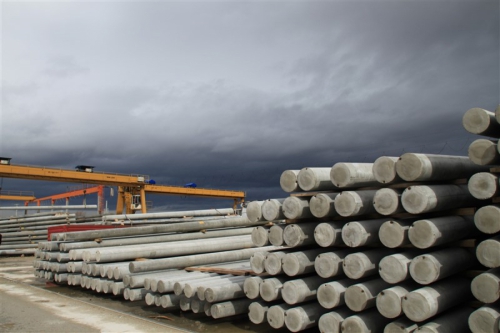
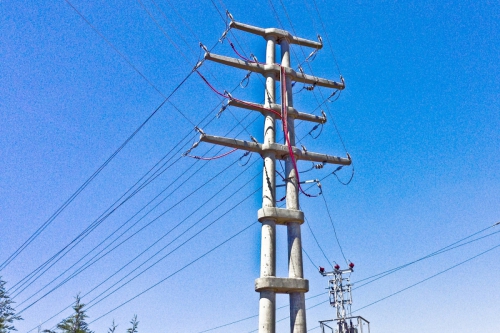
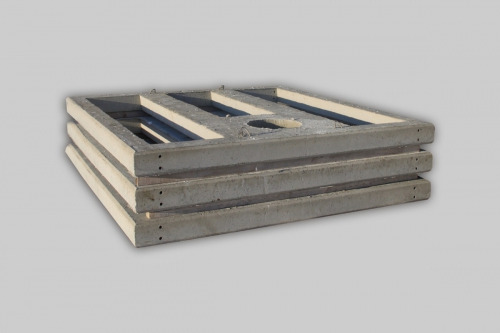
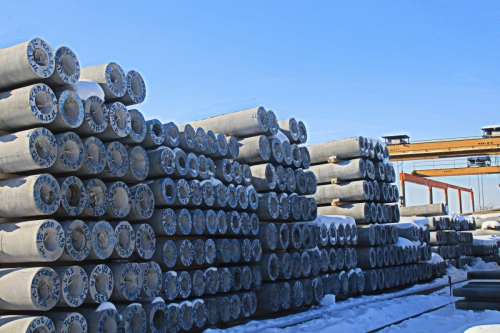

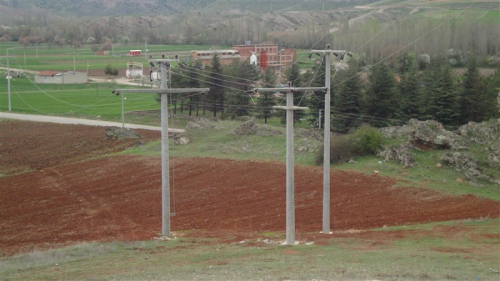
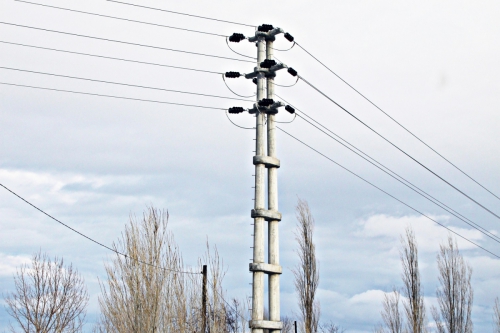


TECHNICAL INFORMATION
Pole peak diameter (mm) Pole bottom Diameter (mm) Pole Weights (kg) MV (medium voltage) Grounding and details Joint poles Single poles (excuse. the basic ion chart for 2.00-fold) Single poles (excuse. 2.21-fold) for the basic ion chart Double poles (excuse. basic rectangular block ion chart for 2.21 fold) Double poles (excuse. 2.21-fold) for the basic ion chart Collective characteristics of the bases (for normal ground) Block base details Possible use of gradual bases Projector pole Transformer pole Transformer platform















